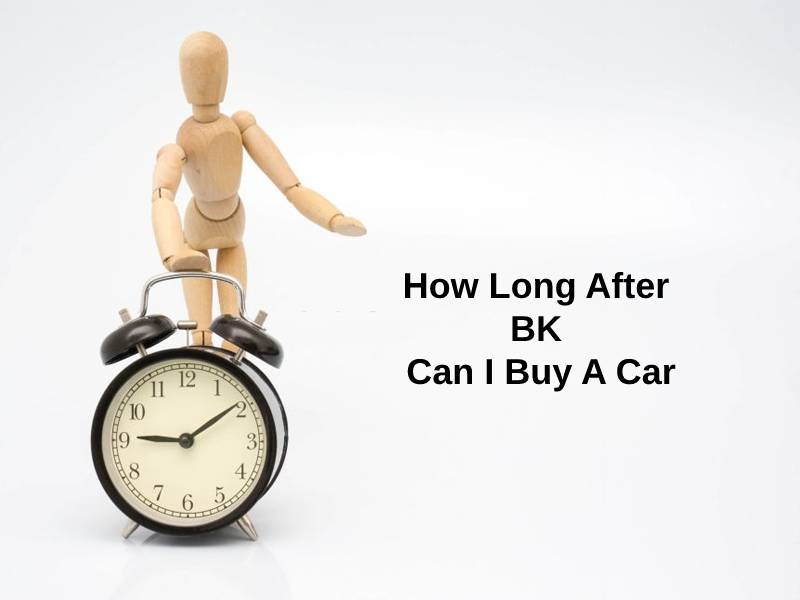Exact Answer: 3 to 7 years
In today’s economically growing globe, a car is both a need and a convenience for moving about the ever-expanding metropolis. Although not everyone has the financial means to buy a car at a time, various lending institutions can help you achieve your goal of owning a car through car loans.
A car loan is a form of financial help used to buy a car with a low initial payment from your pocket. The lender’s money can be returned in equal monthly payments with an agreed rate of interest over some time.
Auto loans are secured by the purchased vehicle. It’s used as collateral for the auto loan. If the loan is not paid back within the agreed time frame, the lender may seize and sell your automobile to satisfy the debt.
Almost every bank now provides car loans with low-interest rates, and even manufacturers have entered the credit industry to help purchasers finance their ideal car. Customers can get loans for in-house automobile models from well-known companies including Audi, Toyota, Honda, Tata, Ford, Maruti, Skoda, and Volkswagen.

How Long Are Car Loans?
| Car loan terms | Time |
| Short car loan terms | 3 – 4 years |
| Long car loan terms | 5 – 7 years |
A car loan is a convenient option to finance the purchase of your ideal car. The most usual lengths of car loans are 60 to 84 months in total, while some lenders provide lengths that are shorter or longer, and other lenders offer lengths that aren’t even close to the standard. You’ll have more time to repay the loan if the period is longer.
Taking out a car loan from the manufacturer comes with many advantages, including:
- Purchase new and secondhand automobiles with the help of finance.
- The loan amount might range from 85% to 90% of the car’s on-road cost. Depending on the circumstances, some banks will finance up to 100% of the vehicle’s on-road cost.
- The amount of the loan might be three times the applicant’s yearly salary.
- If you buy a car from a dealer or manufacturer with whom the bank has a relationship, you may qualify for extra discounts and offers.
- Until the loan is repaid, the vehicle acquired with financing will be retained as collateral.
- Equivalent monthly payments are the most popular repayment arrangement for an automobile loan (EMI).
A car loan’s interest rate is decided by several criteria, with loan value and duration being two of the most crucial. Other criteria include credit score, vehicle loan down payment, and debt-to-income ratio.
Long car loan lengths and short car loan lengths are the two sorts of car loan lengths. Longer car loans provide cheaper monthly payments, easier credit building, and the ability to acquire a nicer automobile. Short car loan terms feature lower interest rates, reduced risk, and help you get out of debt faster.
Before applying for a car loan, you must be a paid or self-employed individual with strong repayment abilities, be between the ages of 18 and 65, and have a solid credit score.
Every car financing firm adheres to a thorough documentation procedure. Documents include the following: Passports, Aadhar Cards, Voter Ids, PAN cards, Driving Licenses, and Sales Tax Registration Certificates are examples of identity proof, whereas lease agreements, telephone bills, utility bills, and bank statements are examples of address proof. Balance sheet, P&L A/C, and income computation are all examples of income evidence.
Why Car Loans Are So Long?
Long and short loan periods both have benefits and downsides, and determining the best duration for your case will require considering those benefits and drawbacks. Longer loan terms offer lower monthly payments and more affordability, but they can cost more in the long run and increase the chance of defaulting on the loan. Shorter loan durations need greater monthly payments, but they end up costing less in interest and posing fewer risks.
The most frequent loan period fluctuates, however it is now 72 months for both new and used cars. This is a greater amount than in prior decades, and it appears to be increasing.
This popularity is most likely because it is more affordable than a 60-month loan without being excessively long. However, it’s feasible that 84-month loans could grow more prevalent in the coming years as purchasers see the reduced monthly payments as more appealing.
Conclusion
Applying for a car loan has never been easier or more convenient. With a few simple clicks, you may complete an online car loan application, obtain financing from a car dealer, or a bank office. It is now quite simple to obtain a car loan and subsequently pay EMIs without depleting one’s financial resources, depending on one’s affordability.




















